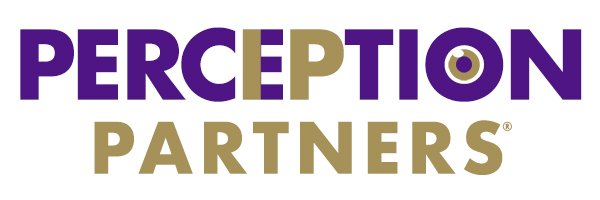What is a patent landscape?
When you are taking a road trip to an unfamiliar place, the first thing you do is consult a map. Of course, you do not actually pull out a paper map and manually chart a route. Instead, you use Google Maps or a similar online service that quickly shows you the quickest path between Point A and Point B. You do not need to know every detail of the path; the map provides an easy-to-understand visualization of the actual data.
Along those same lines, a patent landscape provides a map for navigating your company’s field of technology. Simply put, a patent landscape provides a high level overview of patent activity in a given area. This often includes both granted and pending patents, and depending on the field of technology, may be limited to a single country or encompass multiple geographic regions.
Understanding the whole IP ecosystem
There are, in fact, many different types of patent landscapes that may benefit your company. The landscape itself may be represented by simple charts or graphs– or a range of big data visualizations – or may involve a full-scale research report. But regardless of the final form taken, all patent landscapes involve answering one or more of the following questions:
Which intellectual property assets apply to your organization’s current and future products and technologies?
Who are the key players that are active in your technology field, and what are their relative strengths and weaknesses in terms of intellectual property portfolios?
Which players are consistently protecting their research and development–in other words, who is applying for the most patents (and where) right now?
What possible “whitespace” areas exist in your field, i.e., where is there currently a relative absence of patents?
What is the patent situation on a global scale? Are there countries where there is more or less patent activity? Could there be a specific manufacturing country or buying region that may constitute a whitespace?
What is the overall state of the intellectual property ecosystem in your industry? Who are your competitors currently partnering with, and what potential merger and acquisition activity might affect the valuation of their intellectual property portfolios?
One common criticism of patent landscaping is that it tends to be static. Most reports or graphs can only provide a snapshot of the market at a certain point in time. And even the most meticulous and detailed patent study may be obsolete in a few weeks–or even days. Tools like Intellar try to overcome this challenge, by automating landscape generation to keep content up-to-the-minute.
But such critiques misunderstand the real importance of patent landscaping. Like any good roadmap, a patent landscape cannot tell you what trip to take (or not take). But it can help you figure out what obstacles stand in your path. Ideally, a patent landscape will help you prioritize your research and development. And with a stronger understanding of your patent ecosystem, you can also identify which competitors would make the best targets for cross-licensing or acquisition.
Making patent landscapes work for you
In short, patent landscaping is not merely about making pretty dashboards or producing long, technical reports that nobody will ever read. It is about assessing enablers of or barriers to innovation in such a way as to guide your company’s global growth and development. A patent landscape is about gathering and visualizing data in such a way that it creates a story that you can share with everyone in your organization.
If your business is built on technology and intellectual property, patent landscaping is not optional. It is a critical form of intelligence that strengthens the value of your assets while helping you to identify new partners and expand to new markets.
All you need to know is the problem you want to solve to make patent landscaping work for you. With Intellar Dashboards, you can simply provide your topic to begin to see who is doing what and how that can help you achieve your business goals. Join the strategic executives, research and development managers, attorneys, and investors who use patent landscaping to better understand and control their intellectual property ecosystem.

